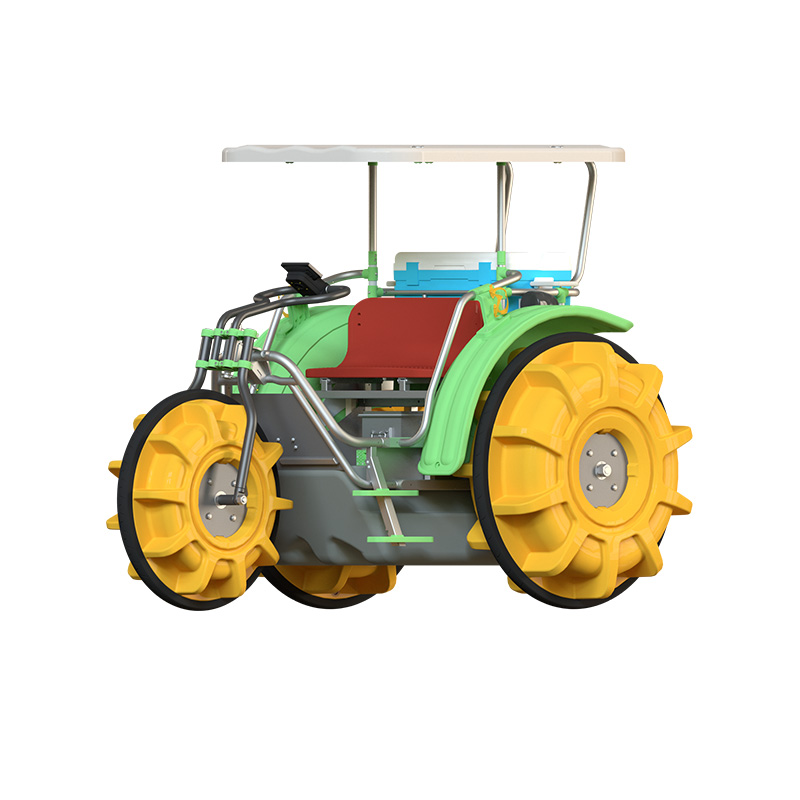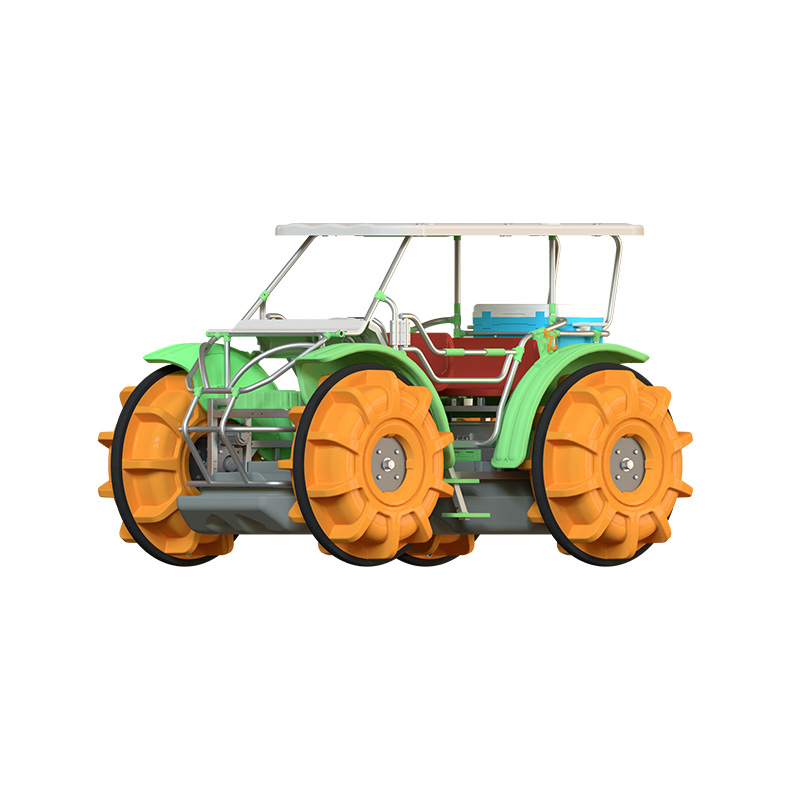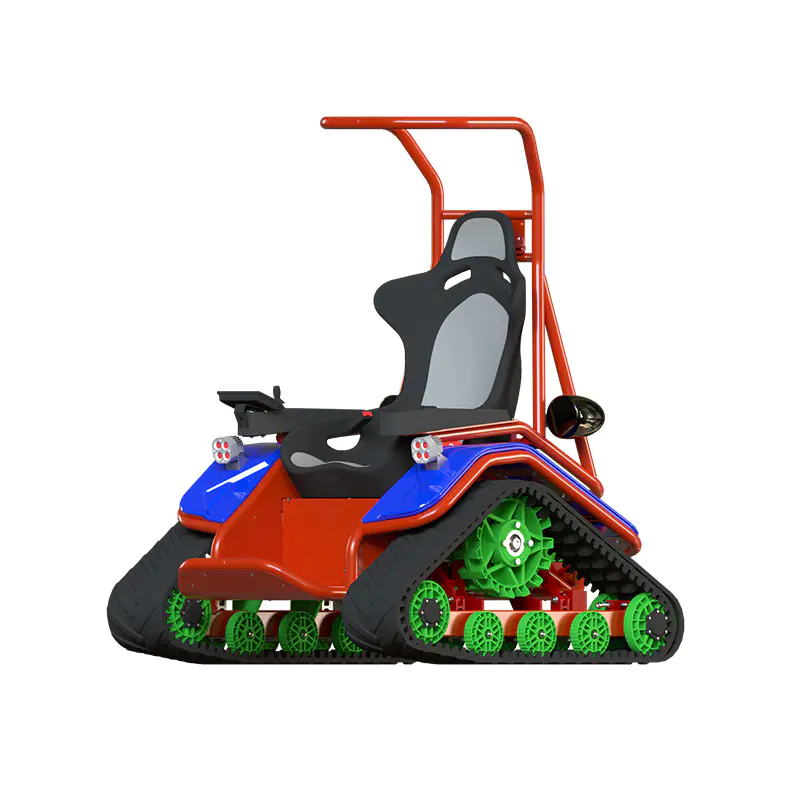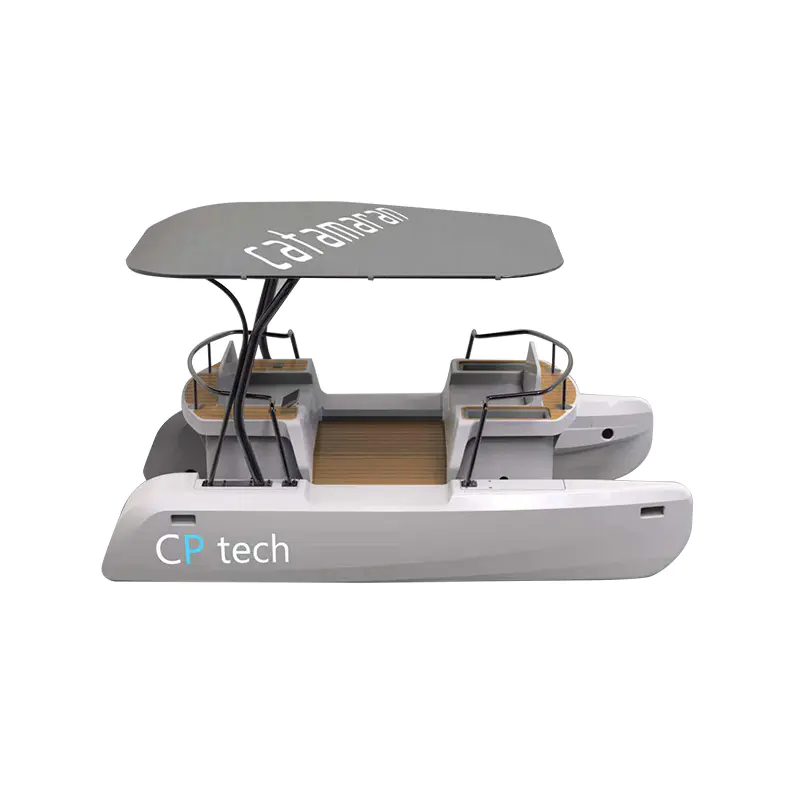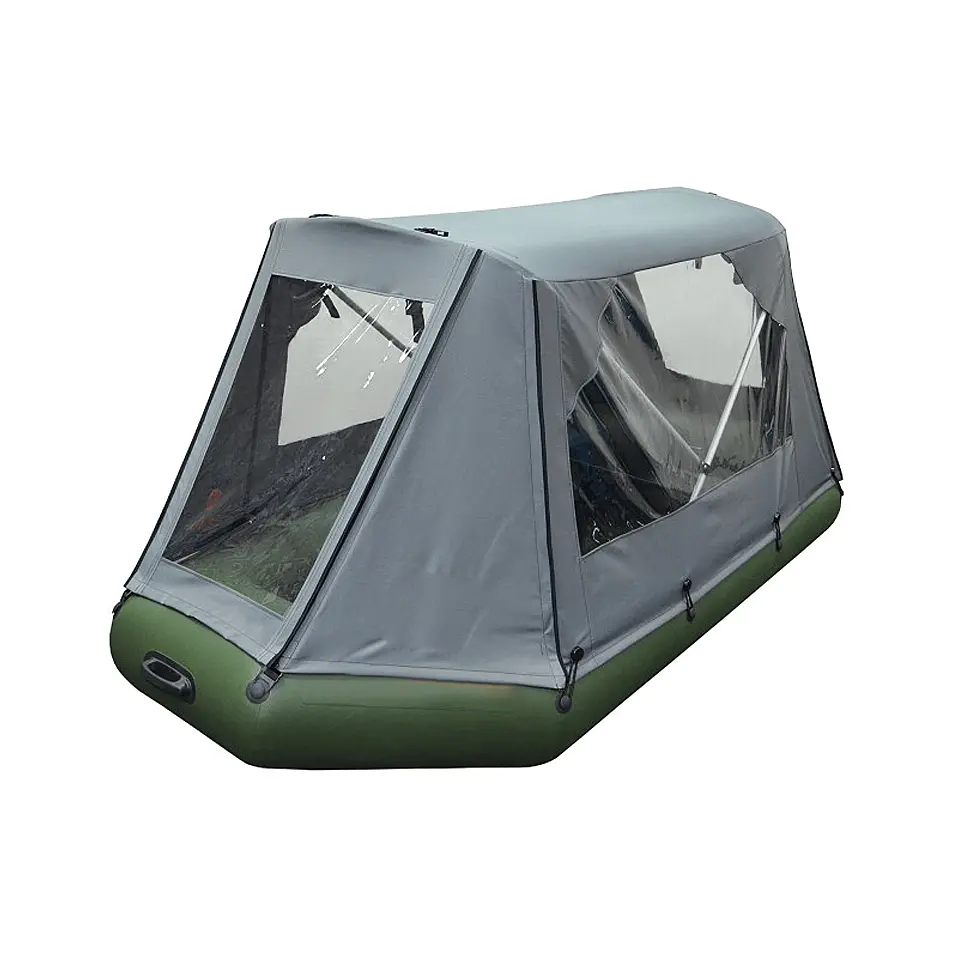How Is Technology Advancing Electric Surf Board Designs?
2025-08-01
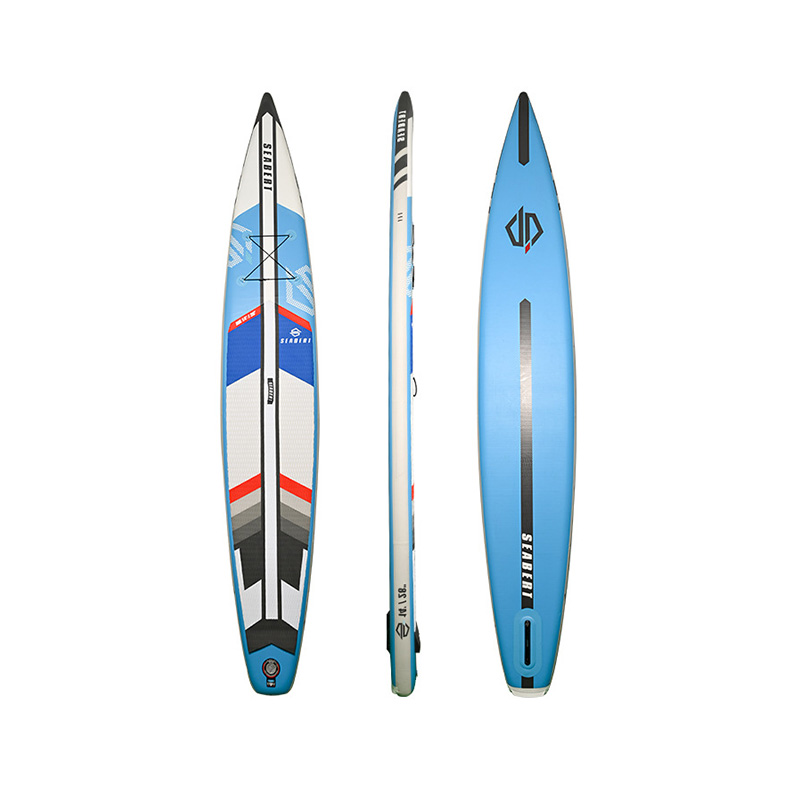
Electric surf boards have become an exciting innovation in water sports, offering riders a unique way to enjoy surfing with added propulsion and control. As technology progresses, the designs of electric surf boards continue to evolve, bringing improvements in performance, safety, and user experience. Exploring how technology is advancing electric surf board designs reveals the key developments shaping this growing market.
One significant area of advancement is in battery technology. Early electric surf boards were limited by battery capacity and weight, which affected their range and maneuverability. Recent improvements in lithium-ion battery cells have allowed manufacturers to create boards with longer ride times while keeping the weight manageable. This means riders can enjoy extended sessions on the water without worrying about running out of power quickly. The better energy density also contributes to more compact and streamlined board designs.
Electric motors are another focus of technological progress in electric surf board design. Brushless motors with improved efficiency and durability provide smoother acceleration and quieter operation. These motors offer reliable thrust, allowing riders to reach higher speeds and maintain control in various water conditions. Advances in motor cooling systems also help prevent overheating during prolonged use, which enhances the overall lifespan of the board.
The integration of smart controls and connectivity features is changing how users interact with electric surf boards. Many boards now include wireless remote controls that allow riders to adjust speed and power settings easily while on the water. Some models offer smartphone apps to monitor battery levels, track rides, and customize performance parameters. These technological additions make the electric surf board experience more user-friendly and adaptable to individual preferences.
Material technology is playing a key role in enhancing electric surf board durability and weight. Manufacturers are experimenting with lightweight composites such as carbon fiber and fiberglass combined with high-strength polymers. These materials help reduce the overall weight of the board while maintaining structural integrity to withstand impacts and harsh marine environments. A lighter board improves maneuverability and responsiveness, providing a more enjoyable ride.
Safety features have also benefited from technological improvements. Modern electric surf boards often include automatic shut-off systems that activate if the rider falls off, preventing the board from continuing under power and posing a risk to others. Waterproofing technology for electronic components ensures reliable performance even when submerged or splashed. These safety measures increase rider confidence and broaden the appeal of electric surf boards to newcomers.
Hydrodynamic design refinements have advanced alongside technology, with computer-aided design (CAD) and fluid dynamics simulations helping optimize the shape of electric surf boards. These tools enable manufacturers to develop boards that reduce drag and improve stability at various speeds. The result is better energy efficiency and enhanced control, making electric surf boards easier to handle for riders of different skill levels.
Technology is driving significant improvements in electric surf board designs. From enhanced batteries and motors to smarter controls and advanced materials, these developments contribute to a more enjoyable and accessible surfing experience. As innovation continues, electric surf boards are likely to become even more versatile and efficient, attracting a wider audience to this modern water sport. Understanding these technological advances can help consumers appreciate the progress made and make informed choices when selecting an electric surf board.

 English
English  русский
русский  عربى
عربى 